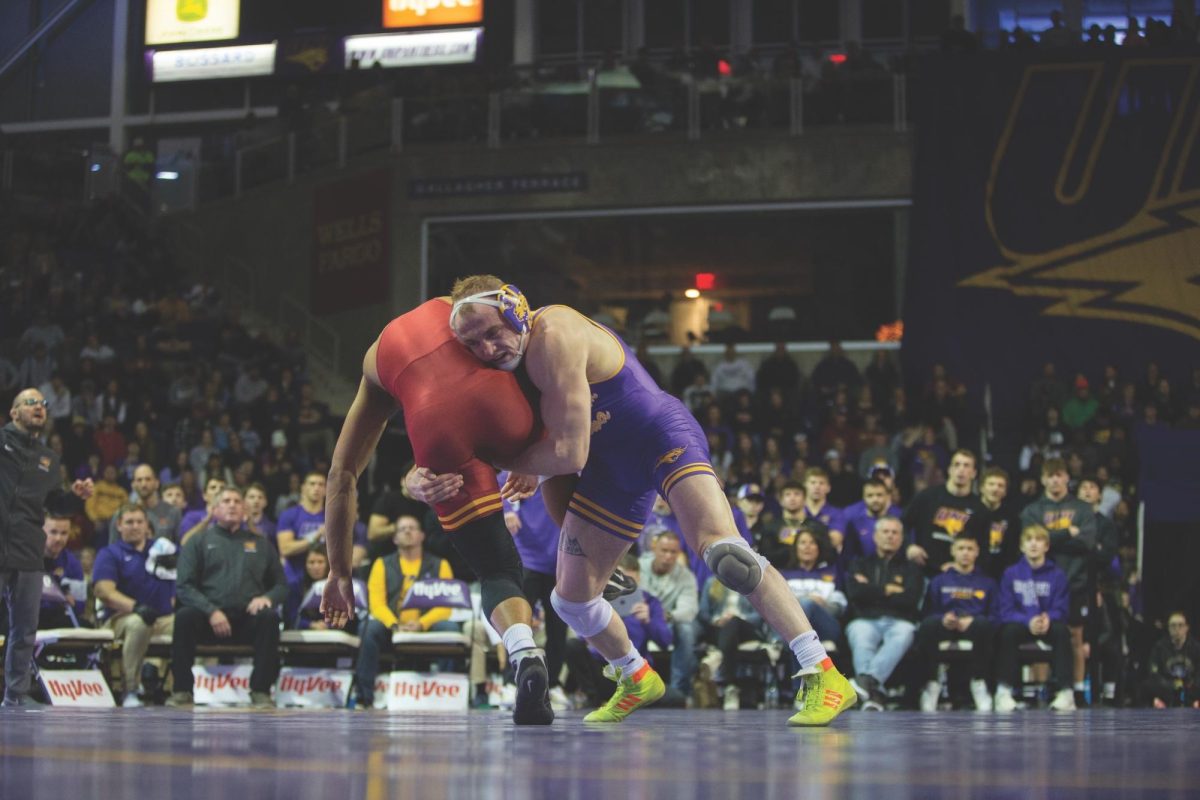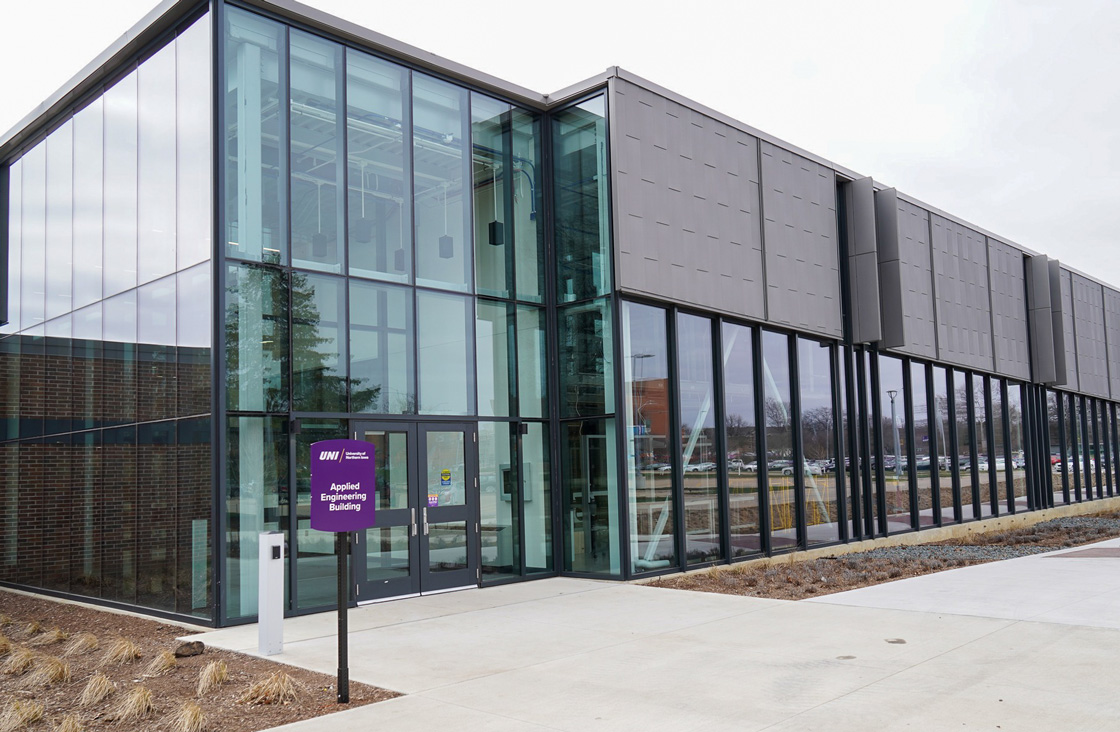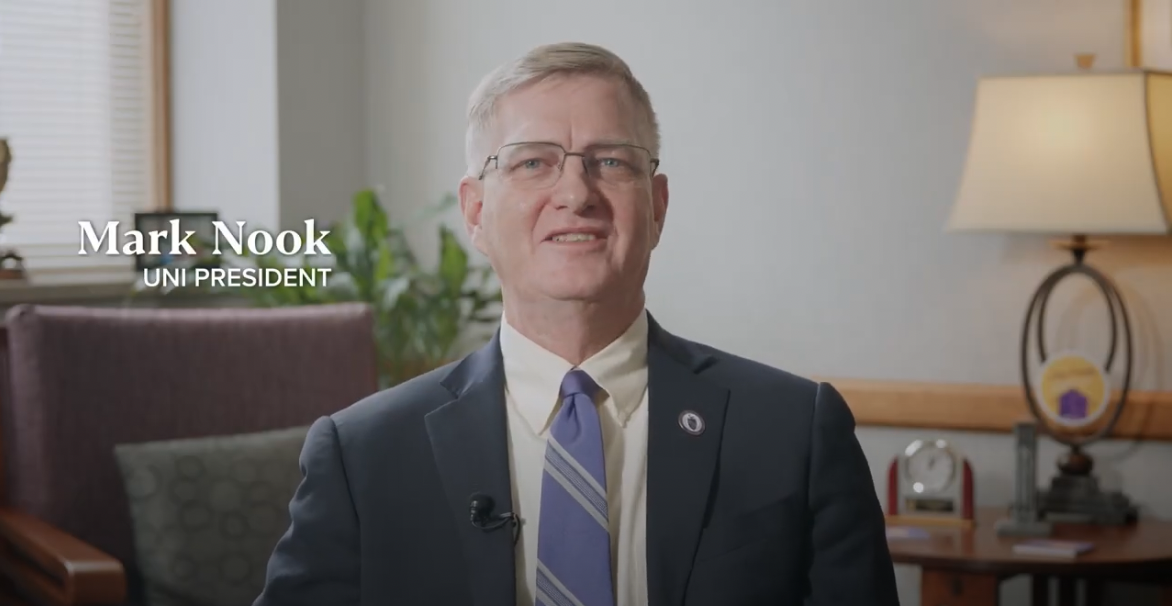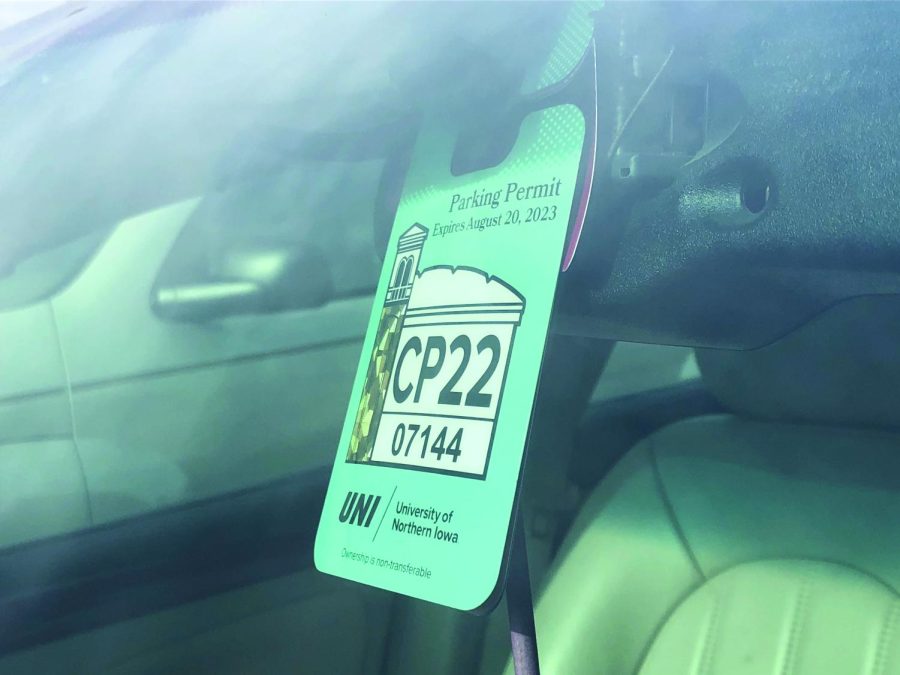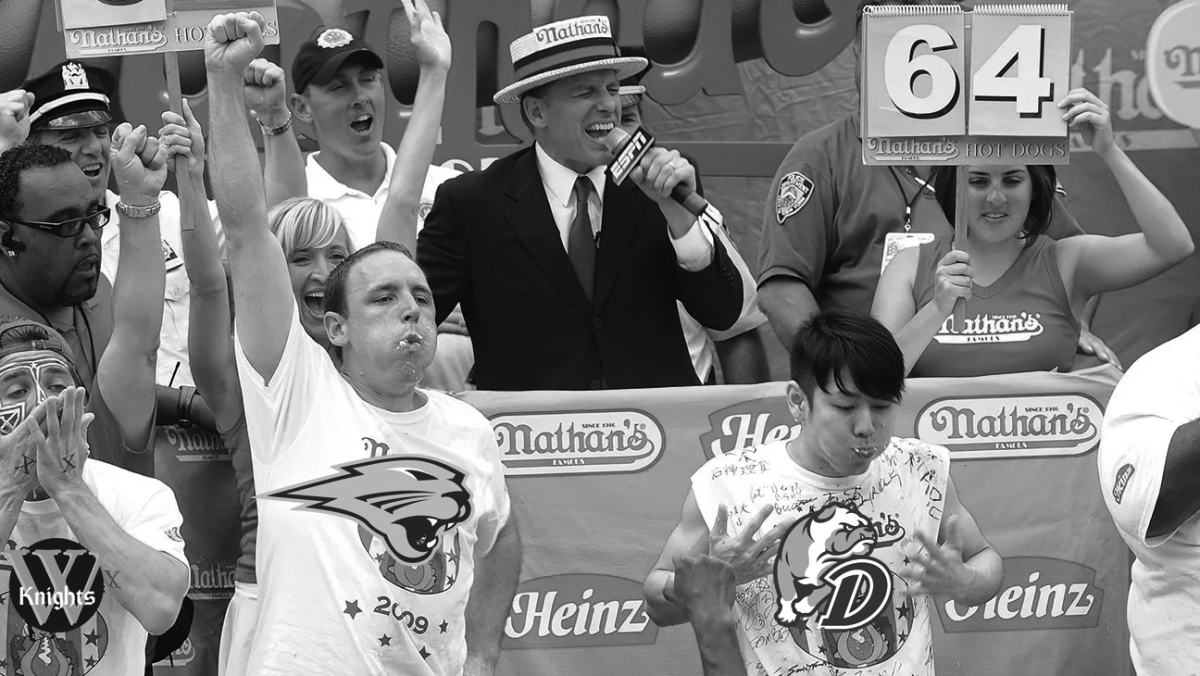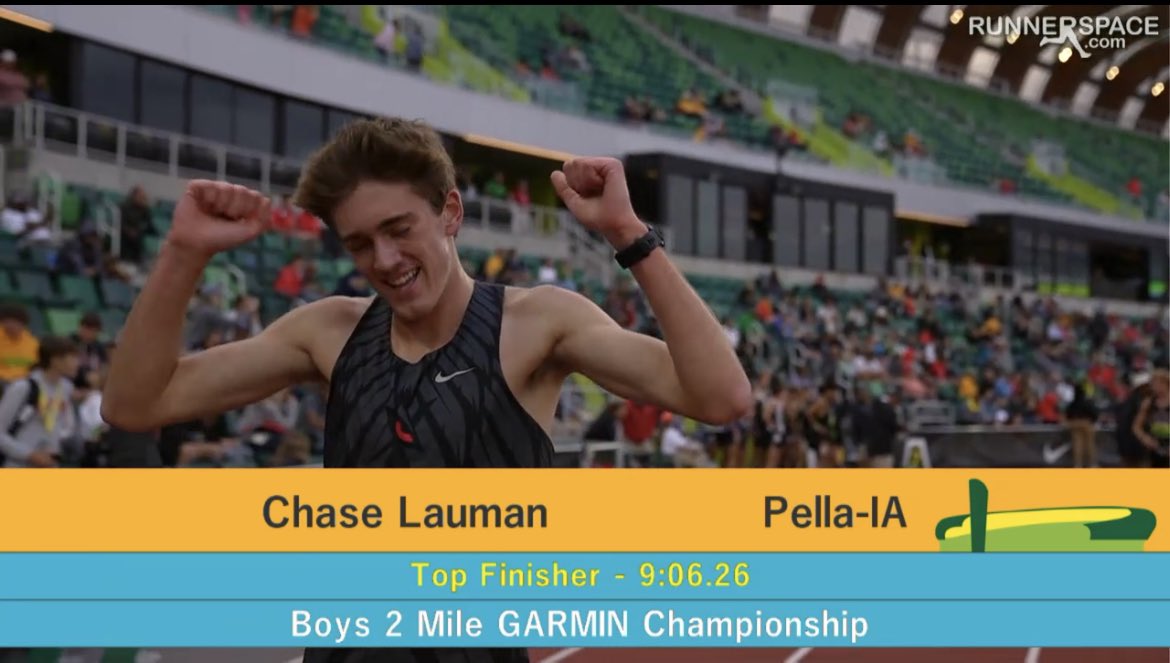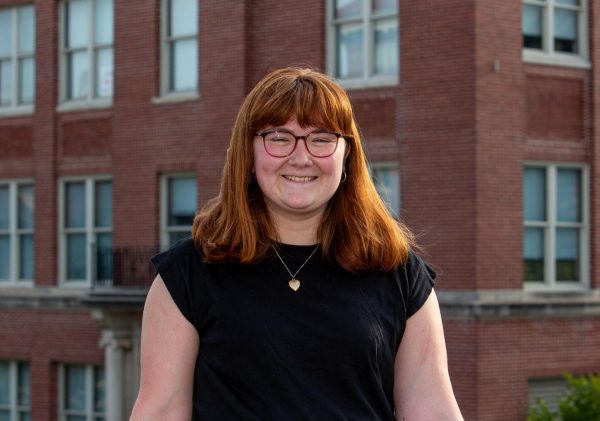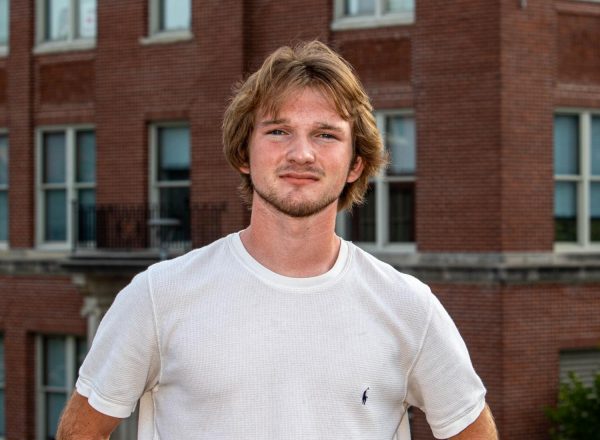It was bittersweet news for the wrestling community when UNI recently announced the proposition for a new wrestling training facility to be built after the historic West Gym was vacated this past July.
“I’m looking forward to the plans being released, but moving from the West Gym is so much history, so many great wrestlers went through and trained there,” said Parker Keckeisen, a fifth-year wrestler set to graduate this spring.
Pending approval by the Board of Regents, UNI plans to start fundraising for a new wrestling training facility as part of the $250 million Our Tomorrow campaign. The project would be funded entirely by private donations.
Wrestling has been a sport at UNI for nearly a century. As the program gears up to celebrate its 100th season of competition this year, it has had some undeniably unique challenges over the past few months.
Starting mid-July, the wrestling program was moved out of its home in the West Gym due to structural deficiencies that have made the building uncertified for occupancy.
The estimated cost to repair the building to a functional level is over $20 million.
For the first time in school history, Panther Wrestling was without a home. Head Coach Doug Schwab and other staff determined USA Mat Club, located on East 19th Street, as the best-fit alternative training space. While the team is currently not training on campus, community members have stepped in to convert the gym into a training facility suitable to house a Division I wrestling program.
“This experience has only brought us closer as a team, showing that it doesn’t matter where we train, but as long as we have each other we can continue to march forward towards our goal,” third-year wrestler Cael Rahnavardi said.
“It is also pretty cool to train in a building that you worked hard to help put together. It gives you a new sense of belonging and ownership to take care and leave the place better than we found it,” he added.
Practice for this season officially began Oct. 10. According to team members, the past few months have provided learning opportunities beyond the mat.
“One thing that Coach Schwab has talked about is that we have an opportunity to write one heck of a story, showing that it doesn’t matter about the world class facilities but the kind of people you are surrounded and work together with on a daily basis,” Rahnavardi said. “But just because we have this hardship story doesn’t mean it will be easier, if anything we have to buckle down even more.”
Keckeisen added, “UNI Wrestling Culture is the PantherTrain. [We are a] tight knit community that has each other’s back.”
Despite the ways the wrestlers say they have grown in the face of adversity, UNI officials are determined to find a way to bring the program’s home back on campus. The current proposition is to include funding for a new wrestling training facility into the $250 million Our Tomorrow campaign.
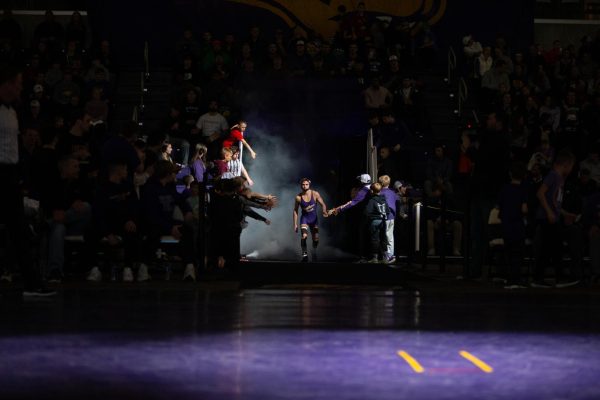
The campaign has already fundraised approximately $242 million to go toward student success, academic programs and iconic spaces such as the Campanile and UNI-Dome. As Director of University Relations Pete Moris said, a new wrestling facility would need to be funded entirely by private donations.
“By including it in the campaign and based on the success of the campaign today, we really feel it gives this project the best chance to be successful and to help raise the type of money that will be needed to see this to fruition,” Moris said.
“There’s a lot of reasons why the wrestling training facility fits Our Tomorrow, but probably the two biggest pieces would be number one, this helps assure that wrestling is going to be here tomorrow and well beyond as part of the fabric of UNI but number two, a big part of the campaign is also about student success,” he said.
“When you look at wrestling and Team National Champions, individual national champions, Olympians, but also the fourth highest grade point average of any wrestling program in the country a year ago…It’s about student success, and these student athletes have certainly displayed that,” he added. “They’re great representatives of UNI.”
Possible renderings for the new facility are currently in development, and the budget for the project will depend on how much money is fundraised.
While the project is still in preliminary planning stages, Moris said the goal would be to provide equal or greater space to what was available to the student-athletes in the West Gym. There is no determined location for the new facility, but Moris indicated that hopes are to build the facility west of Hudson Road, near the other athletic facilities.
“We’ve got a number of good options. I think both President Nook and David Harris have indicated that preferably you’d like their training location to be as close as possible to their competition location,” Moris said. “And we do have existing infrastructure over there by the Dome and the McLeod Center where that area would make a lot of sense, just in terms of also keeping cost down of being able to have easy access to water lines and electric and heat, all those all those things.”
The proposal will be presented at the Nov. 15-16 Board of Regents meeting, held on UNI’s campus. In the meantime, the Panthers are looking to the future with optimism.
“The new facility shows that our university cares about our program and wants to see us succeed,” Rahnavardi said. “It also shows a lot about our team rallying and finding a new home in the meantime. We saw this as an opportunity to grow closer together and build something truly special.”
“Replacing the history we had at the West Gym will be challenging, but also it is exciting because we can be the start of the history inside of the new facility.”
More information on giving to the new wrestling training facility can be found at ourtomorrow.uni.edu/iconic-spaces.


